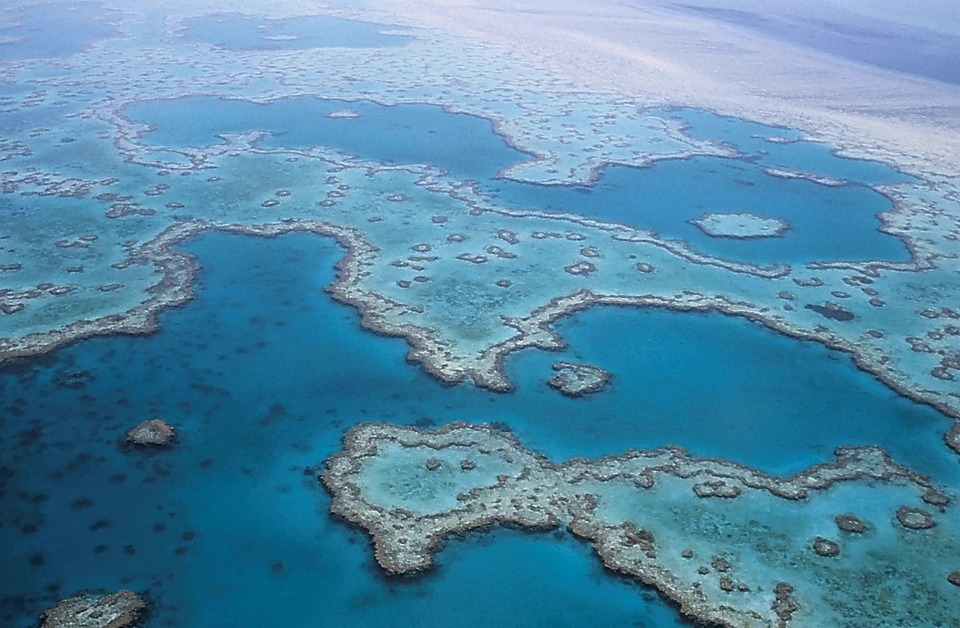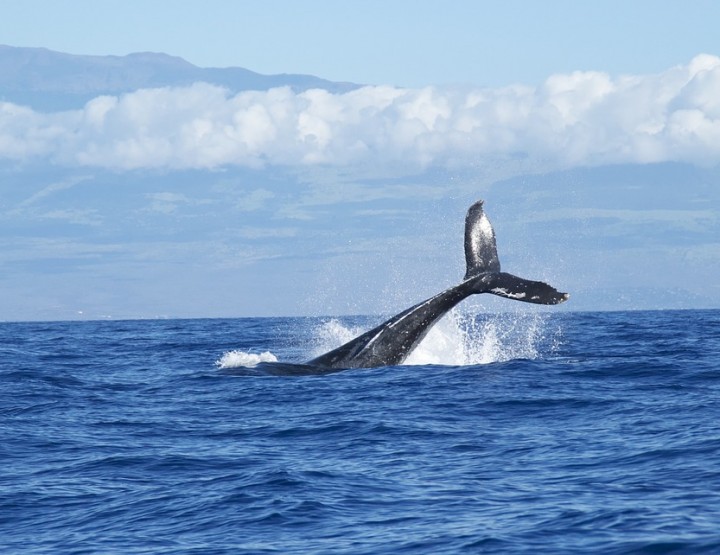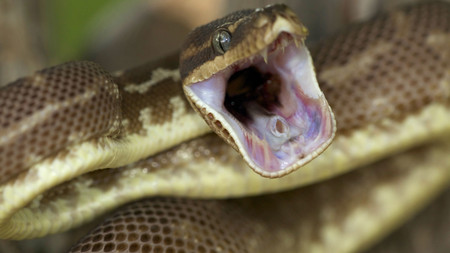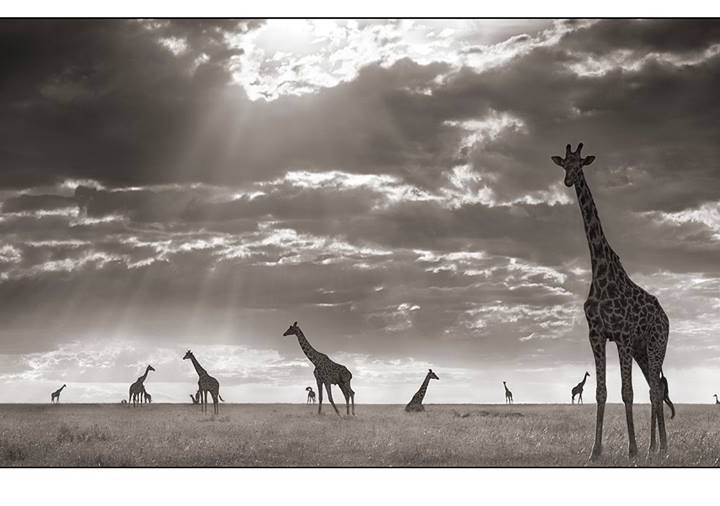The Great Barrier Reef belongs to one of the seven world wonders of nature and has been declared world natural heritage by the UNESCO. The existence of such a beautiful natural phenomenon spread as great news to the western world in the year 1770 when the seafarer James Cook stranded there with his ship.
The reef runs alongside the coastline of Australia’s east coast and is characterized by a width of more than 2300km. It consists of thousands of small islands, sandbanks and surrounding reefs, atolls and other natural phenomena. In fact, the reef came into being when a multitude of smaller reefs grew together. Many of them are about 600,000 years old, which means they survived several Ice ages and droughts. The reef is the biggest structure on earth made of living beings.
It is filled with life, countless species live here as the huge construction provides protection and food. Whales, turtles, sea birds, dugongs, water snakes, rays and innumerable fish species roam the reef and feel absolutely comfortable there. The reef itself is considered a unique ecosystem including 9000 different species.
However, the paradise is in huge danger. Due to the effects of global warming and the acidification of the ocean, the corals, which the reef basically consists of, die slowly. About 90% of the reef is damaged. 5% of the reef is destroyed so badly that it will take decades to regenerate. Furthermore, typhoons occur more often due to the global warming, inflicting further damage to the reef. If we don’t start protecting the ocean more strictly, the reef is going to disappear to an extent that makes saving this beautiful world wonder impossible. Well, it gets worse. Now, new havens are supposed to be built nearby, which will certainly cause more damage to the Great Barrier Reef.





